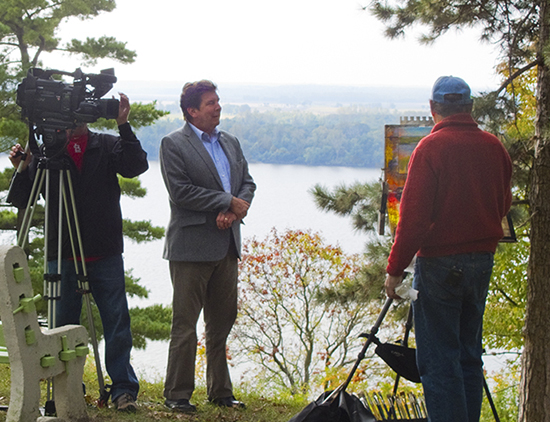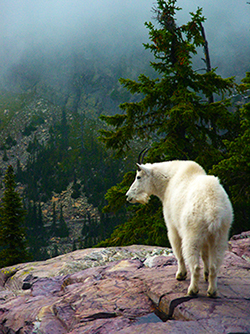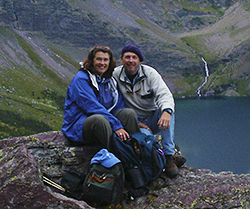Mixing Colorful Grays in Oil Excerpt Mixing Colorful Grays in Oil
Joaquin Sorolla was reported to have said about his color methods, “the money is in the grays”. What he may have meant is that the largest percentage of any painting consists of the middle values, not the highlights or accents, and those values are by definition grayer than either of the former. When he used the word gray, he didn’t mean some mixture of white and black. He meant sophisticated mixtures of complementary and secondary colors - colorful grays. Sorolla knew those mixes by heart and employed them with speed and skill to create his masterpieces. Sorolla, along with his contemporaries, John Singer Sargent and Anders Zorn, stood at the apex of hundreds of years of learning, training and practice in representational painting in Europe. The skills they employed in their work were passed to them by a previous generation of acknowledged masters of painting, as they themselves had been taught. Looking in any major museum, the same principles of picture making employed by all the great masters of the past can be seen. Much of the painted areas of pre-modern masterpiece paintings are made of colorful grays of middle values. This is how nature presents color to us. Highlights and accents were reserved for those touches where they were skillfully and deliberately employed in tiny amounts to focus attention, build contrast or add a dramatic visual element.
Want to know more? Become a Member and read the complete article today.
|
Become an Artist's Road Member Today!
Already a Member?Log in here. To renew your membership, log in and follow the links. Search the SitePerspectivesNot ready to become a Member yet? Subscribe to our free email postcards, "Perspectives". Enter your email address here.
Member ContentFree ContentThe Artist's Road StoreNocturnes - A Primer on Night Painting Filled with inspirational examples by the masters of nightime painting, this little book is sure to fire up your creative energies. Never tried painting at night? We show you how it's done with a step-by-step-oil demo and a tale of night painting in the wilds of Rocky Mountain National Park. The Primer on Night Painting - Nocturnes is a 7 x 7" PDF download with 40 pages of text and images. It includes a gallery of paintings by masters of the nocturne, information to inspire and encourage you in your plein air nocturne painting, an illustrated step-by-step demo and tips for working in pastel and oil. Also available in a softcover edition. Check out the tools and other products that we use in our own art and travels in The Artist's Road Store. We only offer things for sale that we enthusiastically believe in.
About Us
|
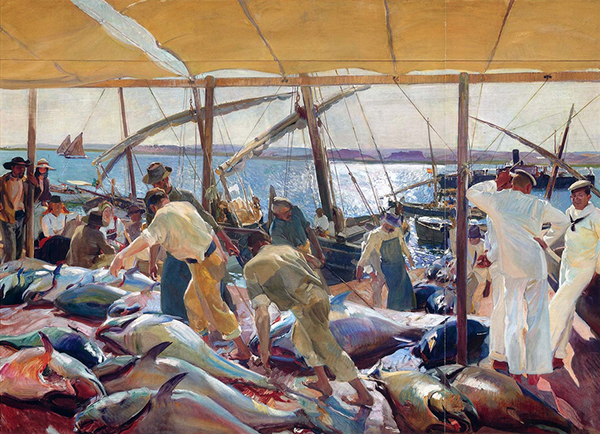
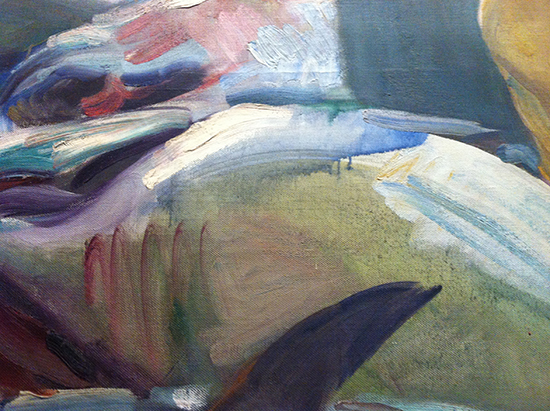
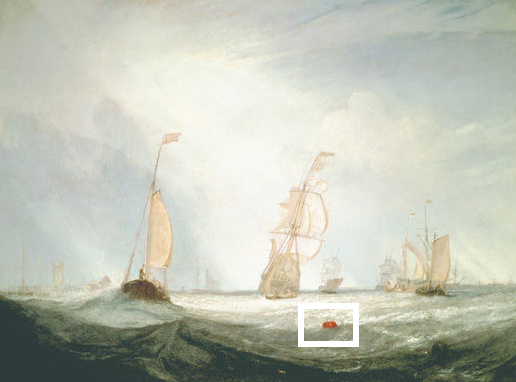
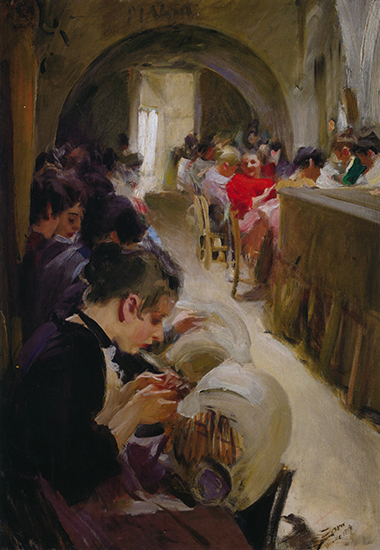 Swedish artist, Anders Zorn often preferred to use a rather limited palette of white, ochre, vermillion and ivory black for his interiors and portraits. He, along with his contemporaries, was considered a naturalist painter—meaning that he painted observed light in a loose, sometimes broken manner. Zorn knew some of the Impressionists and painted in Paris and France during the height of the impressionist movement. As a result, he intentionally built on what the Impressionists were doing, especially painting quotidian subject matter, but clearly going his own way in style and palette. He never adopted the dissolution of form into marks of paint, preferring to render form in his own loose style. He also did not adopt the brightly chromatic high key palettes favored by the Impressionists, Monet in particular. At left you can see his brilliant use of somber tones and middle values of mixed and colorful grays. He carefully saved his intense reds for the woman in the red dress to draw us up into the picture plane.
Swedish artist, Anders Zorn often preferred to use a rather limited palette of white, ochre, vermillion and ivory black for his interiors and portraits. He, along with his contemporaries, was considered a naturalist painter—meaning that he painted observed light in a loose, sometimes broken manner. Zorn knew some of the Impressionists and painted in Paris and France during the height of the impressionist movement. As a result, he intentionally built on what the Impressionists were doing, especially painting quotidian subject matter, but clearly going his own way in style and palette. He never adopted the dissolution of form into marks of paint, preferring to render form in his own loose style. He also did not adopt the brightly chromatic high key palettes favored by the Impressionists, Monet in particular. At left you can see his brilliant use of somber tones and middle values of mixed and colorful grays. He carefully saved his intense reds for the woman in the red dress to draw us up into the picture plane.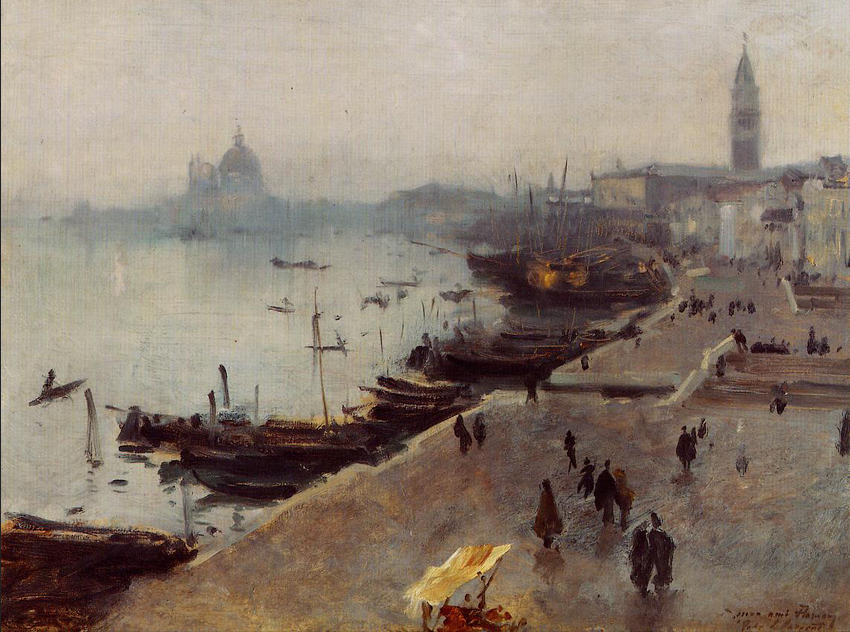
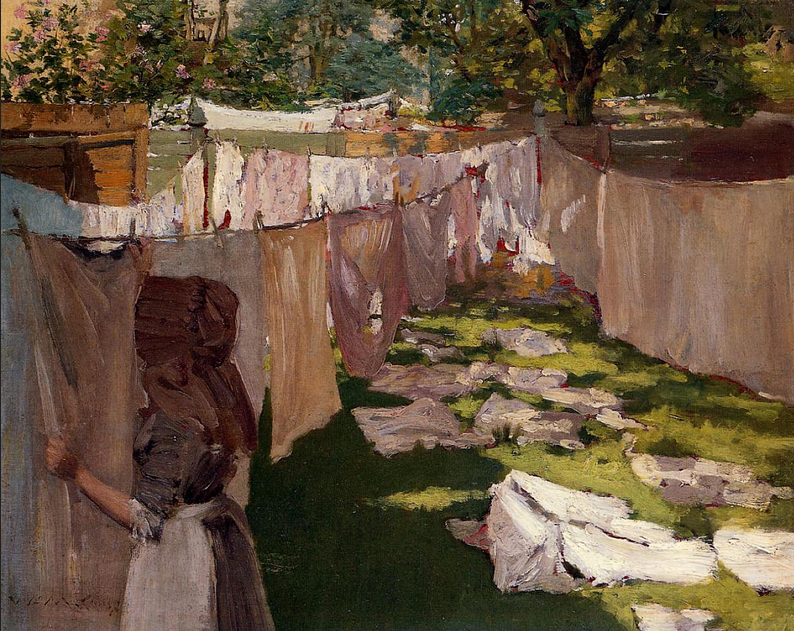
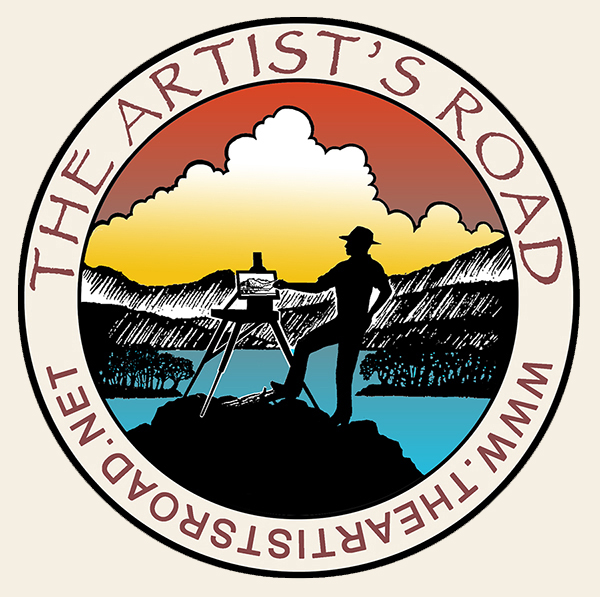
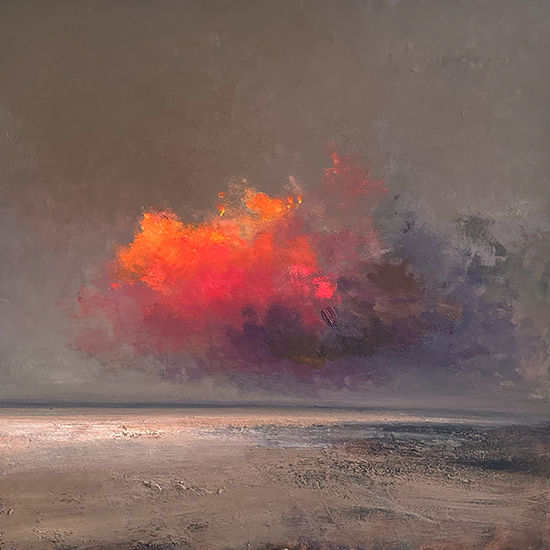 Voices of Experience:Richard K. Blades
Voices of Experience:Richard K. Blades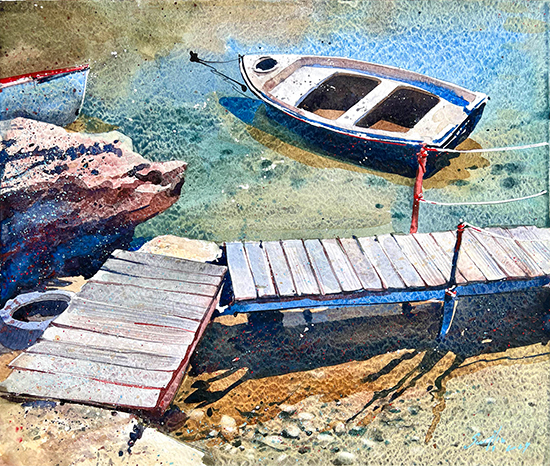
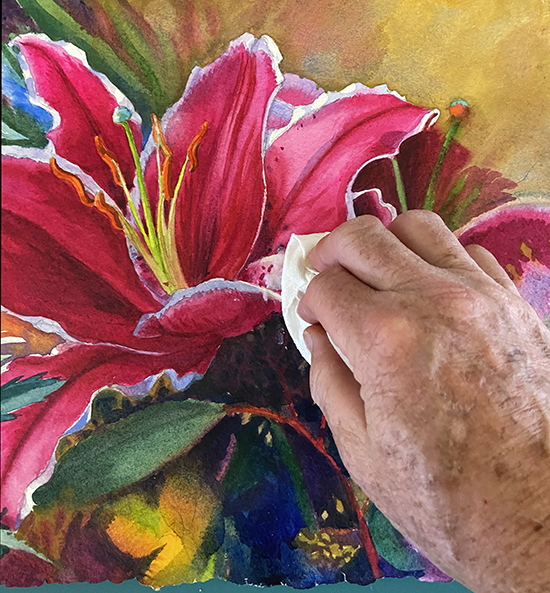 ing Watercolors
ing Watercolors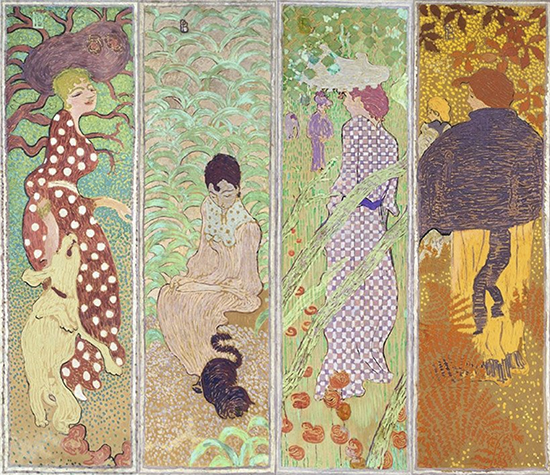
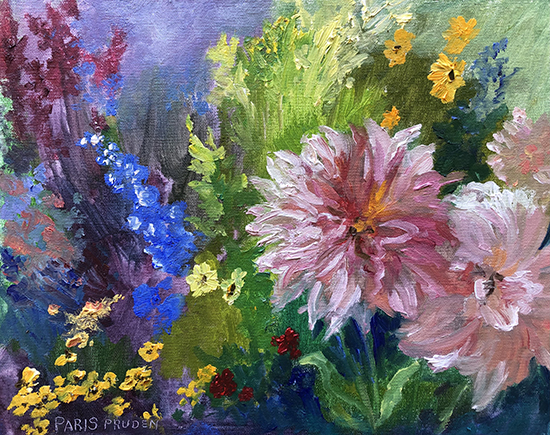
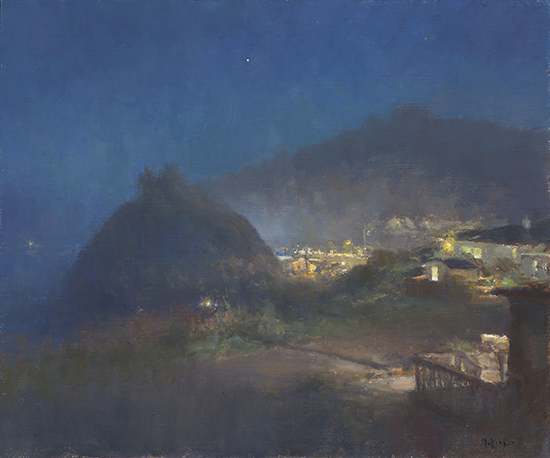 Nocturne Notes
Nocturne Notes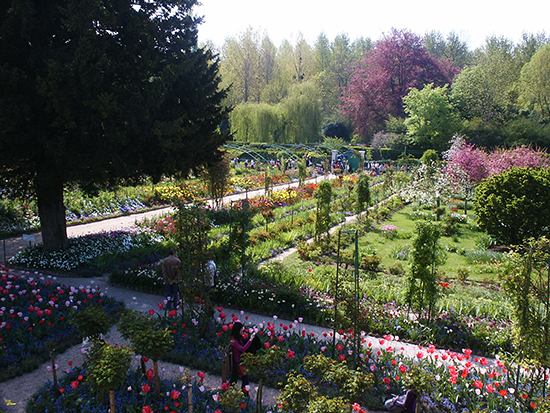 Inspiration in Monet's Gardens
Inspiration in Monet's Gardens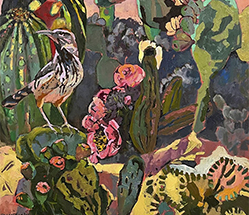
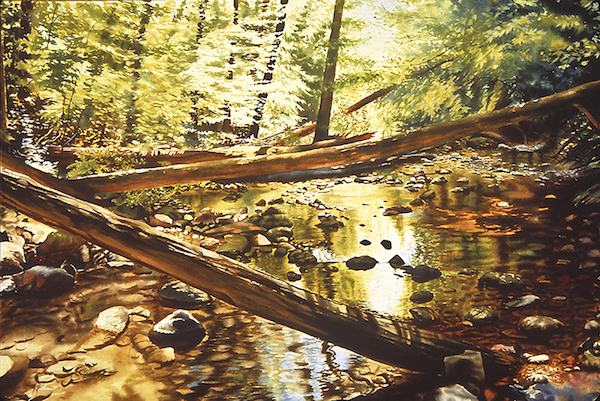 The Watercolor Medium
The Watercolor Medium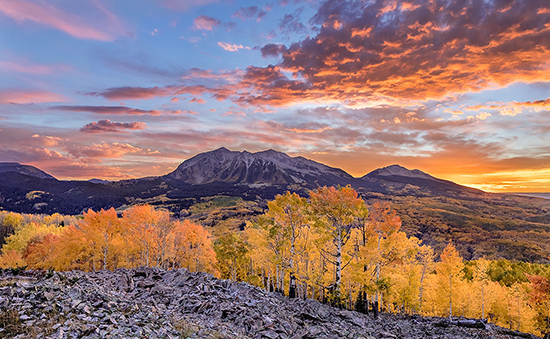
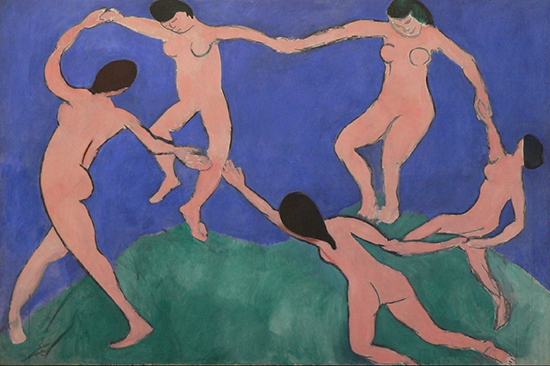 The Perspectives Archive
The Perspectives Archive